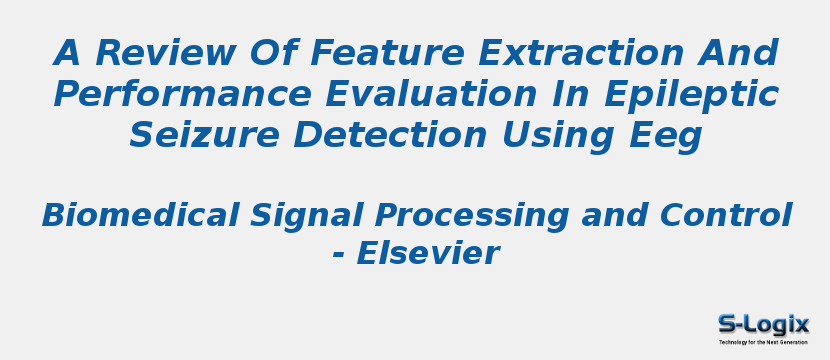Research Area: Machine Learning
Since the manual detection of electrographic seizures in continuous electroencephalogram (EEG) monitoring is very time-consuming and requires a trained expert, attempts to develop automatic seizure detection are diverse and ongoing. Machine learning approaches are intensely being applied to this problem due to their ability to classify seizure conditions from a large amount of data, and provide pre-screened results for neurologists. Several features, data transformations, and classifiers have been explored to analyze and classify seizures via EEG signals. In the literature, some jointly-applied features used in the classification may have shared similar contributions, making them redundant in the learning process. Therefore, this paper aims to comprehensively summarize feature descriptions and their interpretations in characterizing epileptic seizures using EEG signals, as well as to review classification performance metrics. To provide meaningful information of feature selection, we conducted an experiment to examine the quality of each feature independently. The Bayesian error and non-parametric probability distribution estimation were employed to determine the significance of the individual features. Moreover, a redundancy analysis using a correlation-based feature selection was applied. The results showed that the following features – variance, energy, nonlinear energy, and Shannon entropy computed on a raw EEG signal, as well as variance, energy, kurtosis, and line length calculated on wavelet coefficients – were able to significantly capture the seizures. When compared with a baseline method of classifying all epochs as normal, an improvement of 4.77–13.51% in the Bayesian error was obtained.
Keywords:
Author(s) Name: Poomipat Boonyakitanont, Apiwat Lek-uthai, Krisnachai Chomtho, Jitkomut Songsiri
Journal name: Biomedical Signal Processing and Control
Conferrence name:
Publisher name: Elsevier
DOI: 10.1016/j.bspc.2019.101702
Volume Information: Volume 57, March 2020, 101702
